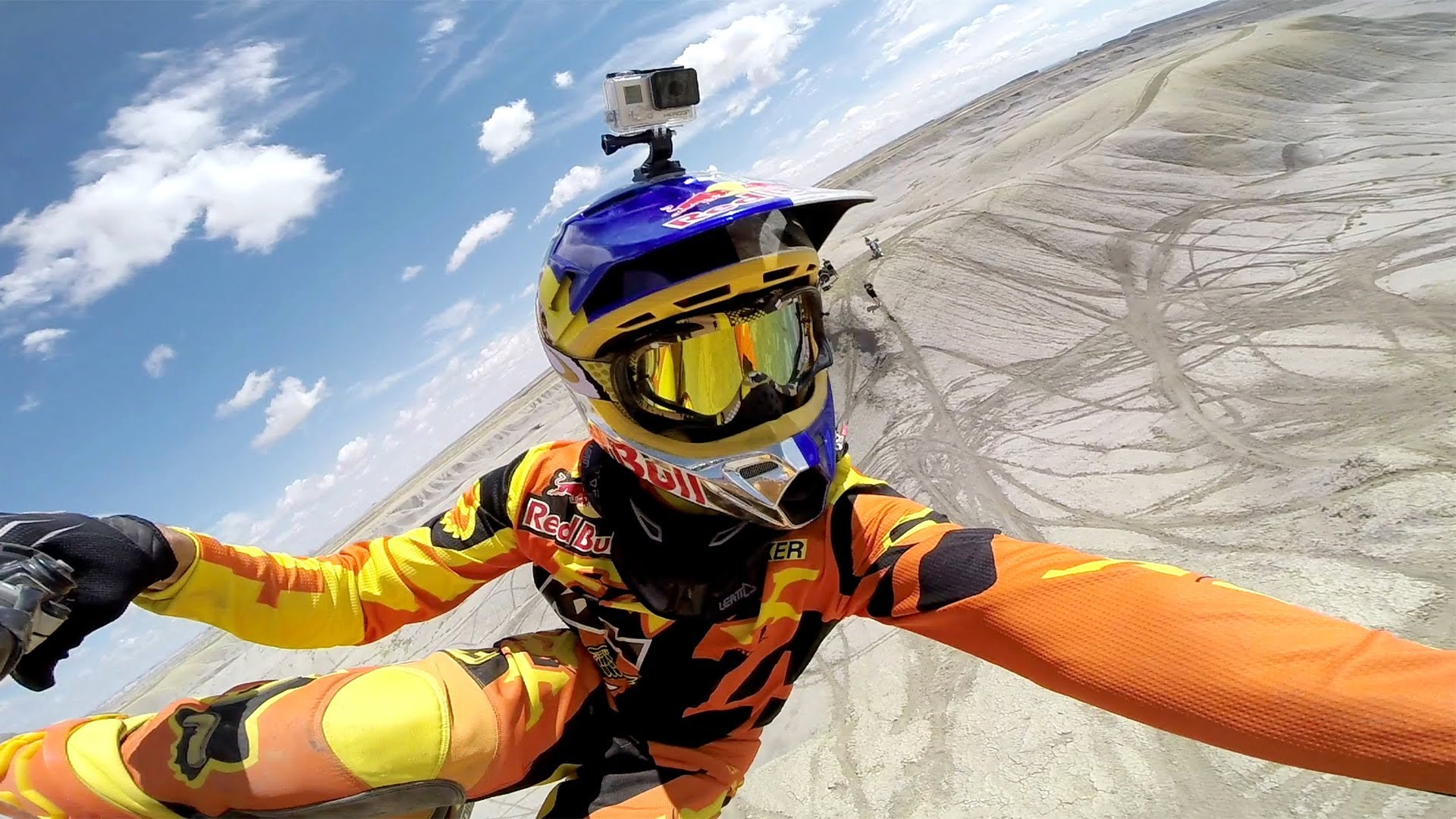
There have been recent debates within some factions of the motorcycling community over the use of helmet cameras and other helmet mounted accessories. As the governing body of motorcycle sport nationally, Motorcycling Australia (MA) after measured consideration, has banned the use of helmet mounted cameras in competition. The overarching reasoning, safety.
MA is obliged to take into consideration the safety of its member’s and participants as an absolute priority, particularly at MA sanctioned events. By identifying all possible risks in the sport, and considering all available expert information in direct correlation with those risks, MA has the obligation to ensure the safe and reasonable conduct of the sport.
Well-known Australian distributor of motorcycle helmets, Rob Casson, said in relation to camera mounts on helmets; “No motorcycle helmet manufacturer recommends any modifications at all be made to their products. They would never approve of anything either bolted to or hanging off them, never.” Casson finished.
The FIM, as the world governing body of motorcycle racing, has banned such helmet additions for over a year now, with many countries immediately following suit. Motorcycling New Zealand for instance, declaring the ban in their 2016 Manual of Motorsport (MoMS);
After researching the use of camera’s on helmets and following the lead from the FIM (World Governing Body for Motorcycle Sport), and all other Motorsports in New Zealand, you will no longer be able to use a camera fixed to your helmet as mentioned earlier this is based on health & safety. All research both Nationally & Internationally states that the camera/mount creates an impact point which compromises the helmet’s design.
You can still use your cameras and where fitted to the motorcycle they must be securely mounted, and those camera mounts are subject to approval by the Machine Examiner. We will continue to monitor all information and testing on helmets, and if there are any changes you will be advised accordingly.
The FIM have been taking steps to phase out helmet cameras since 2014 in a statement to riders and teams ahead of the 2014 International Six Days Enduro, saying “The FIM Board Members have decided to prohibit temporarily On-Board cameras on the riders (helmets, plastrons etc.) in all FIM Championships.
On-Board cameras are authorized on motorbikes only.”
The FIM have stipulated in their 2016 ‘Technical Rules for Motorcross’ publication:
01.67 WEARING OF HELMETS
A helmet is made to provide protection. A helmet is not a platform to attach foreign objects. Cameras or other accessories are NOT permitted nor shall be attached to the rider’s helmet.
69.03 All helmets must be intact and no alteration must have been made to their construction.
McLeod Accessories is one of Australia’s leading motorcycle accessories wholesaler, Marketing Manager, Peter Coffey shared his thoughts on the recent ban; “Obviously, with matters such as this one, it’s always best to err on the side of caution. Like most people, we support rider safety first and foremost. It probably won’t be long until helmet manufactures and camera companies come up with brand new fully integrated product that has been properly tested,” he ended.
Helmet cameras and camera mounts are firmly secured and therefore require force to break away when impacted. This in turn, may magnify the extent of an injury sustained by a rider. As an active participant in motorcycle sport and the wider industry both locally and globally, MA is committed to world’s best practice in relation to all aspects of motorsport safety. Rule #1621 of the MoMS will remain in place in Australian motorcycle competition until such time as there is a safer alternative for consideration.
For further information regarding helmets or 2017 competition in general, click here or visit the Motorcycling Australia website here

